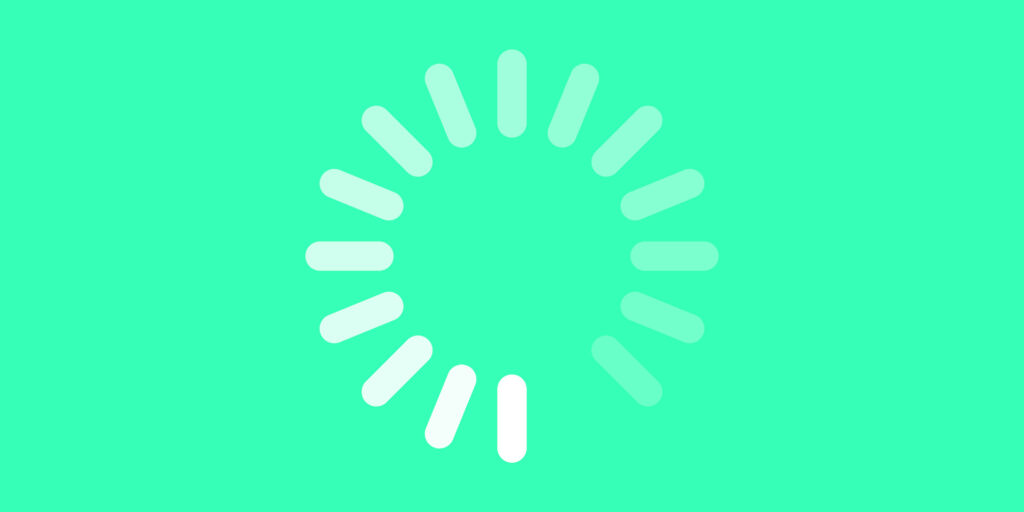Relevance fades fast if you don’t keep evolving. But in the rush to refresh, it’s easy to lose what made you matter in the first place.
At IVALO, we work with brands to find that balance, helping them reconnect with what’s essential, stand out in a sea of sameness, and get noticed where it counts.
We chose these topics because they reflect the work we do every day: brand revitalisation, distinctiveness in a crowded field, and capturing real attention in a world that’s learned to scroll past.
In this issue of IVALO Insights: how to evolve without erasing, why sameness is a risk, and why attention is your brand’s most valuable asset.
We wish you a great summer!

INSIGHT 1
Brand Revitalisation: Looking Back to Move Forward

Today’s most successful brand revivals come not from reinvention, but from reconnection. WARC’s latest report What’s Working in Brand Revitalisation shows that legacy brands are thriving by acting as storytellers, revisiting their roots, and using heritage as fuel for relevance. The strongest moves are not flashy overhauls, but rather confident refreshes that respect memory, emotion and meaning.
What works?
- Refresh, don’t erase – The best revitalisations protect distinctive brand assets and core equity. Change too much and you risk losing what people still love.
- Reignite relevance – Brands win when they expand beyond traditional audiences, adapt to shifting behaviours, and uncover new uses or entry points.
- Let history guide the future – Purpose-led brands like Barbie and Cadbury show how heritage can be reinterpreted for new generations without becoming nostalgic.
- Enter culture without the cringe – Participating in culture works when it’s authentic. Show up where people care, but do it with humility, not opportunism.
- Plan for scrutiny – Big changes attract attention. Brands need internal champions, clear PR plans and a strong point of view to navigate revitalisation with confidence.
The takeaway for marketers
Legacy is an asset when you know how to use it. The most effective brand revivals don’t overwrite the past; they build on it with relevance, creativity and restraint. Is your next move a reinvention or a smarter evolution?
Read More
INSIGHT 2
Seen or Skipped? Why Attention Availability Completes the Brand Growth Formula

We’ve long built brands on two pillars: mental availability (being remembered) and physical availability (being easy to buy). But in today’s distraction-heavy media landscape, that model is missing a foundation. As Karen Nelson-Field argues, it’s time to recognise attention availability, meaning the opportunity to actually be seen, as the third, essential precondition for brand growth.
What works?
- Attention is structural, not personal – Attention availability is about media context, not human willingness. It depends on format, scroll speed and platform design, not just the ad creative.
- Served ≠ seen – Most impressions are wasted if ads aren’t truly looked at. Measuring viewability or impressions alone misses whether attention was ever delivered.
- Without attention, nothing else happens – You can’t build memory or trigger purchase if the ad never lands. Attention availability enables both mental and physical availability.
- Plan media for real attention, not theoretical reach – Use formats and placements that deliver attention, not just impressions. Attention data helps reduce waste and improve ROI.
- Integrate across teams – Attention availability acts as a shared performance language for creative, media and data teams, aligning goals and improving effectiveness from planning to reporting.
The takeaway for marketers
In a world where most ads go unseen, being noticed is now the first fight. Brands that plan for attention, not just presence, will see stronger outcomes across the funnel. Are you measuring attention as a metric or treating it as a requirement?
Read more
INSIGHT 3
Why Everything Looks the Same (and What Creative Culture Has to Do With It)

Everyone’s noticed it: branding is blending into one big, friendly, sans-serif blur. But as Jon Rowlandson argues, the sameness epidemic in design isn’t just about algorithms or AI. It’s also a product of the compressed timelines, shrinking budgets and new agency models that have reshaped the creative process from the inside out.
What works?
- Recognise the real constraint – It’s not just Pinterest or AI. It’s the business model of speed, where ideas must be proven before they’re explored and moodboards are mistaken for concepts.
- Don’t let audits lead – Competitor audits are important, but not a substitute for strategy. If everyone’s pulling from the same brands, the output will always converge.
- Reference ≠ originality – Creative work now starts with collage, not concept. But when reference becomes the idea, distinctiveness suffers.
- Make space for thinking – Branding that matters takes time, reflection and craft. When deadlines are fixed and feedback loops are squeezed, exploration disappears.
- Define before you design – A great brand should be built from its reason for being, not a gap on the colour wheel or a type trend from last week.
The takeaway for marketers
If everything looks the same, it’s because we’ve stopped giving creativity room to grow. Distinctiveness needs more than a moodboard. It needs time, vision and the courage to not play it safe. So, are you designing what feels right or what already exists?
Read more
Jon Rowlandson: Same same. Different logo
